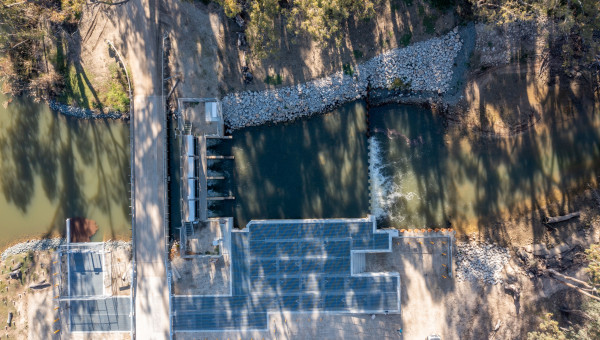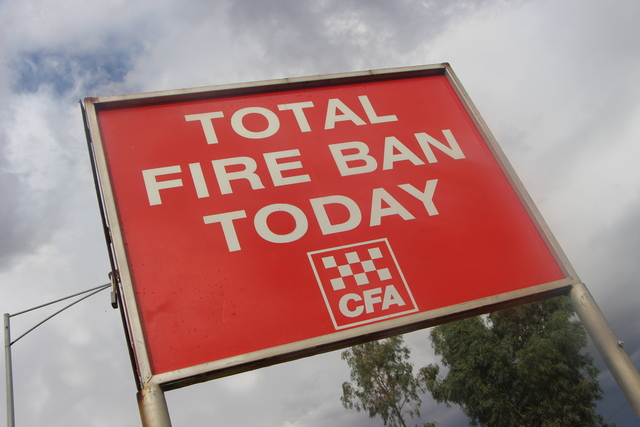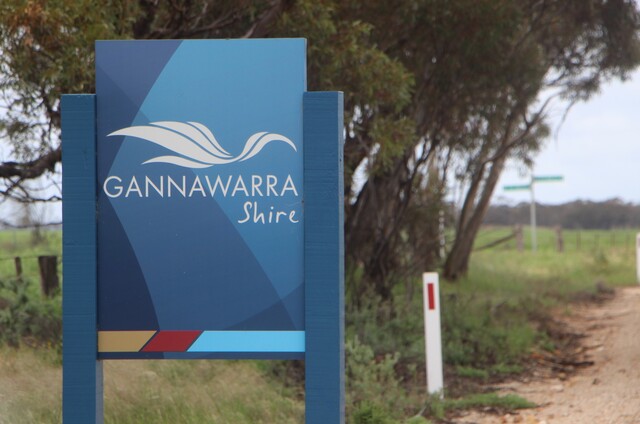GOVERNMENT agencies are collaborating to revitalise native fish populations in the wake of last year’s floods.
North Central Catchment Management Authority native fish recovery plan project manager Peter Rose said the October 2022 floods had created a different set of environmental challenges.
“The flooding impacted our rivers in various ways, such as eroding riverbanks and deposition of silt, as well as increased carp populations,” he said.
“One of the main environmental impacts of the floods was water quality.
“The scale of the flooding meant water ran out onto floodplains, further than it had for decades and following a wet season where a lot of crops were doing really well.
“Consequently, a lot of organic matter and nutrients washed into the river system, causing hypoxic black water, which resulted in some fish deaths.”
Victorian Environmental Water Holder co-chief executive Beth Ashworth said the VEWH had been able to work with Goulburn-Murray Water and various catchment management authorities to minimise fish deaths following the floods.
“Once we weren’t going to impact on towns or farms, we were able to … do some small releases and oxygenate the water,” she said.
“In smaller systems like the Lower Broken Creek, we were able to release fresh water into the systems and protect native fish.”
Environmental flows are also frequently used outside of flood events to support native fish.
“We work really closely with GMW and CMAs to release water through the irrigation district to key wetlands,” Ms Ashworth said.
“We tend to have big breeding events of native fish at particular locations throughout the southern Murray-Darling Basin.
“Using water for the environment, we can deliver flows to help move those juvenile fish throughout the southern Murray-Darling Basin to high-quality habitats.
“Murray cod and golden perch are natural predators to carp, so ensuring the native species thrive also helps mitigate the carp boom.”
Equally important to providing native fish access to quality habitats were fishways, which enable fish to bypass manmade barriers such as weirs and dams.
Fishways have recently been constructed at Tea Garden Weir, Koondrook and Cohuna, and a further one is being constructed at Taylors Creek.
Dr Rose said fishways had a significant impact on native fish populations.
“It is crucial we improve connectivity to help native fish thrive,” he said.
“The recently constructed fishways at Cohuna and Koondrook have allowed golden perch and Murray cod to move freely between the Murray River and 140km of Gunbower Creek.”







